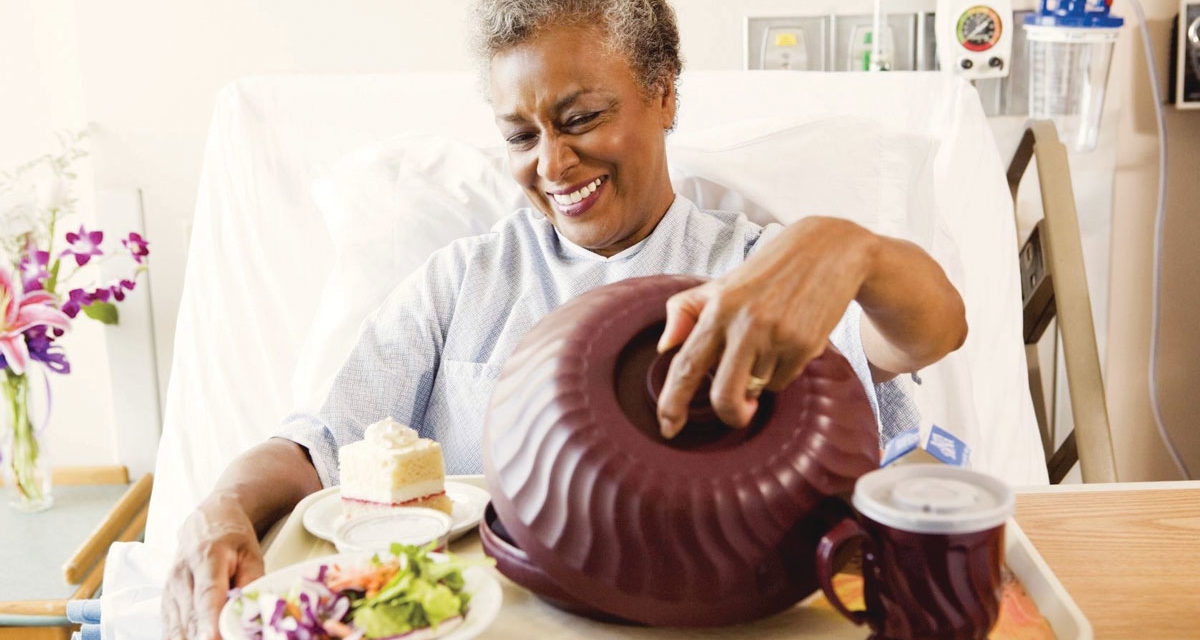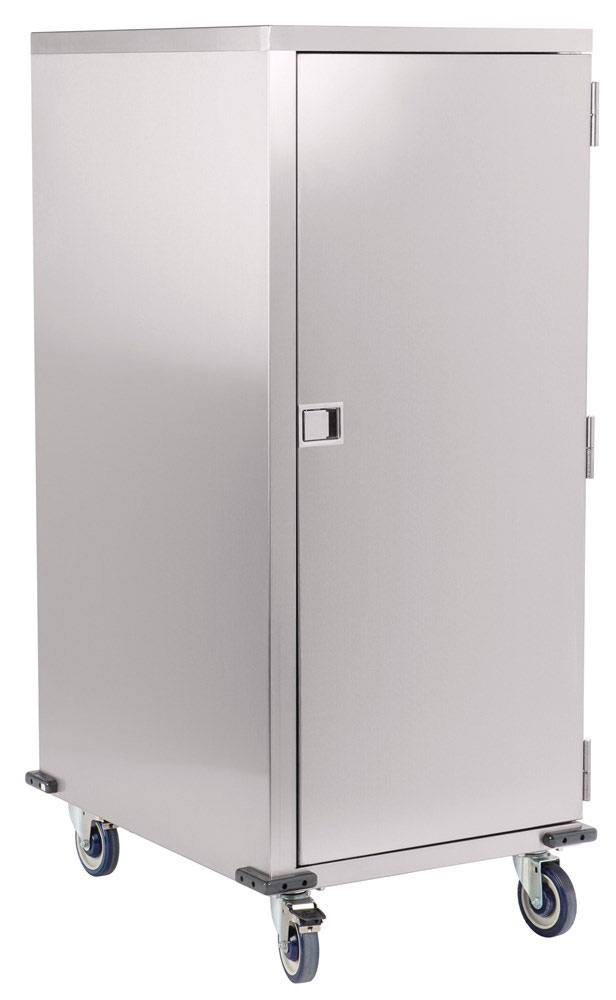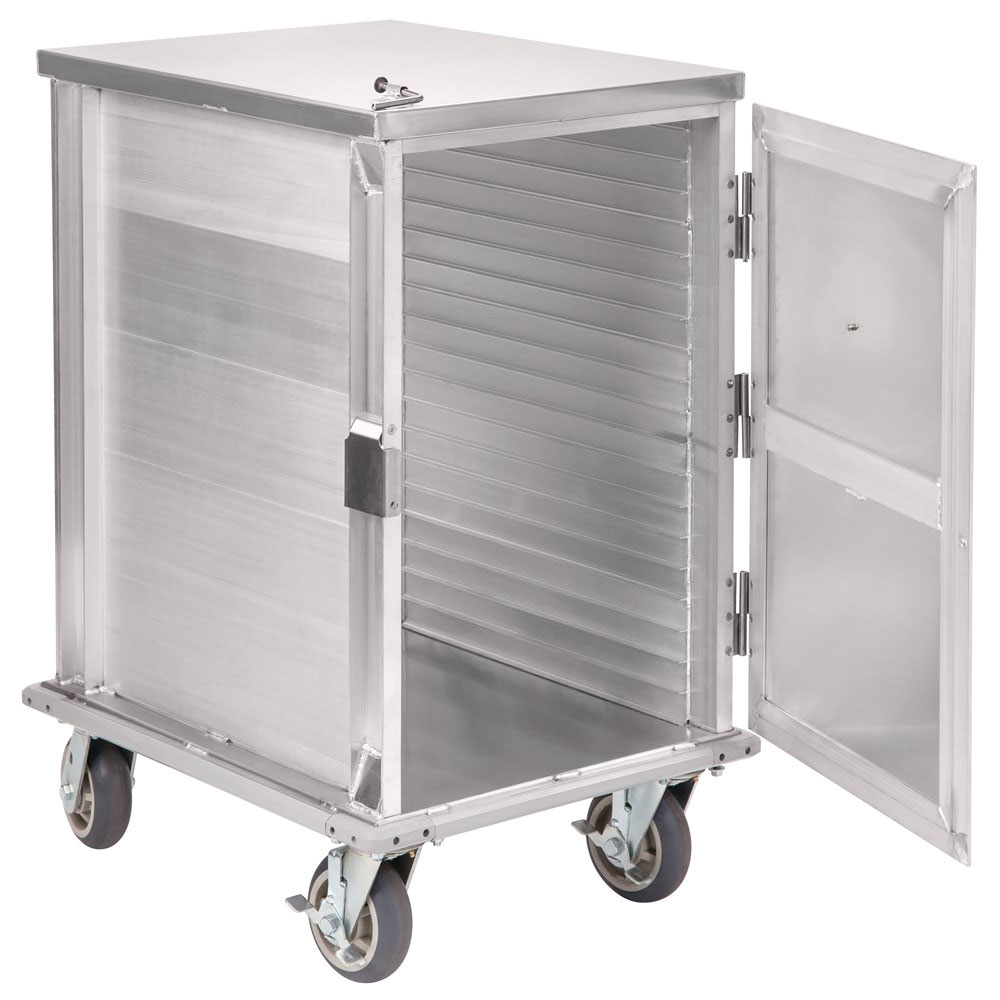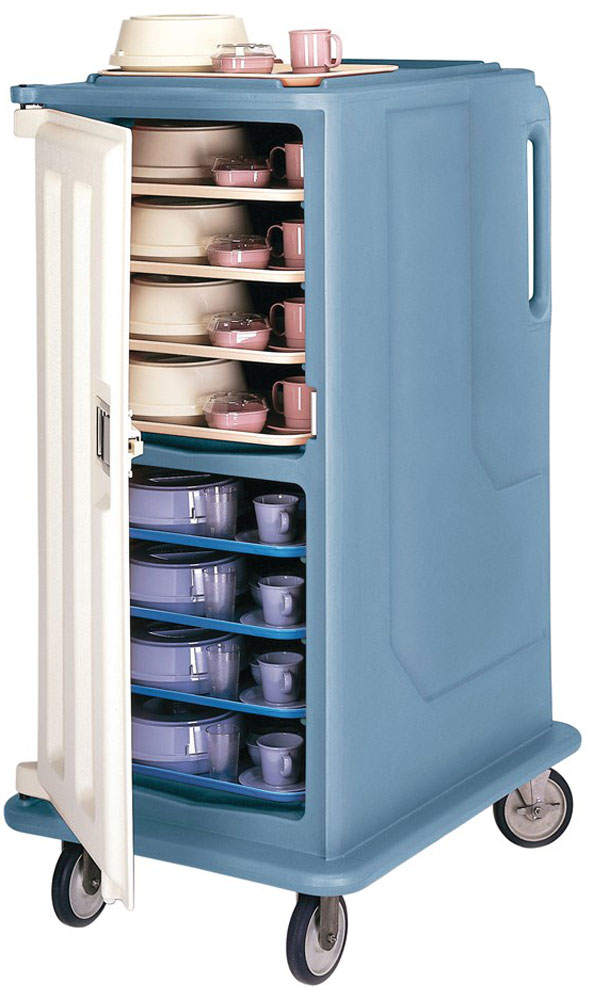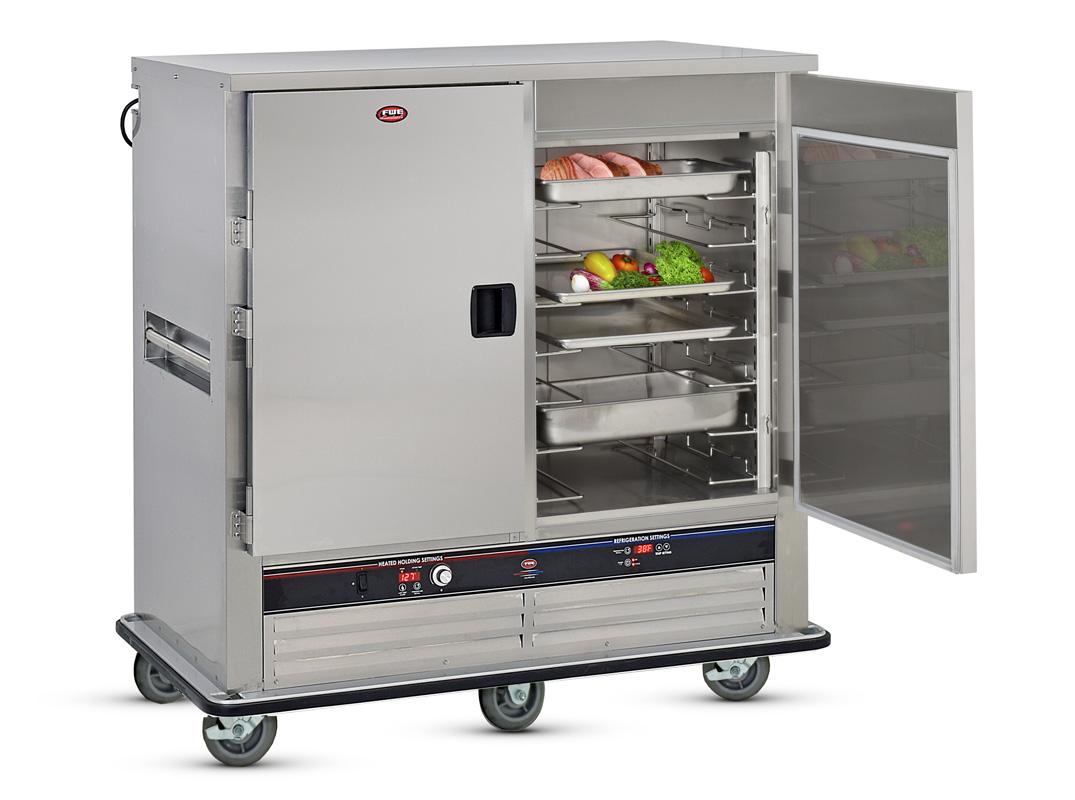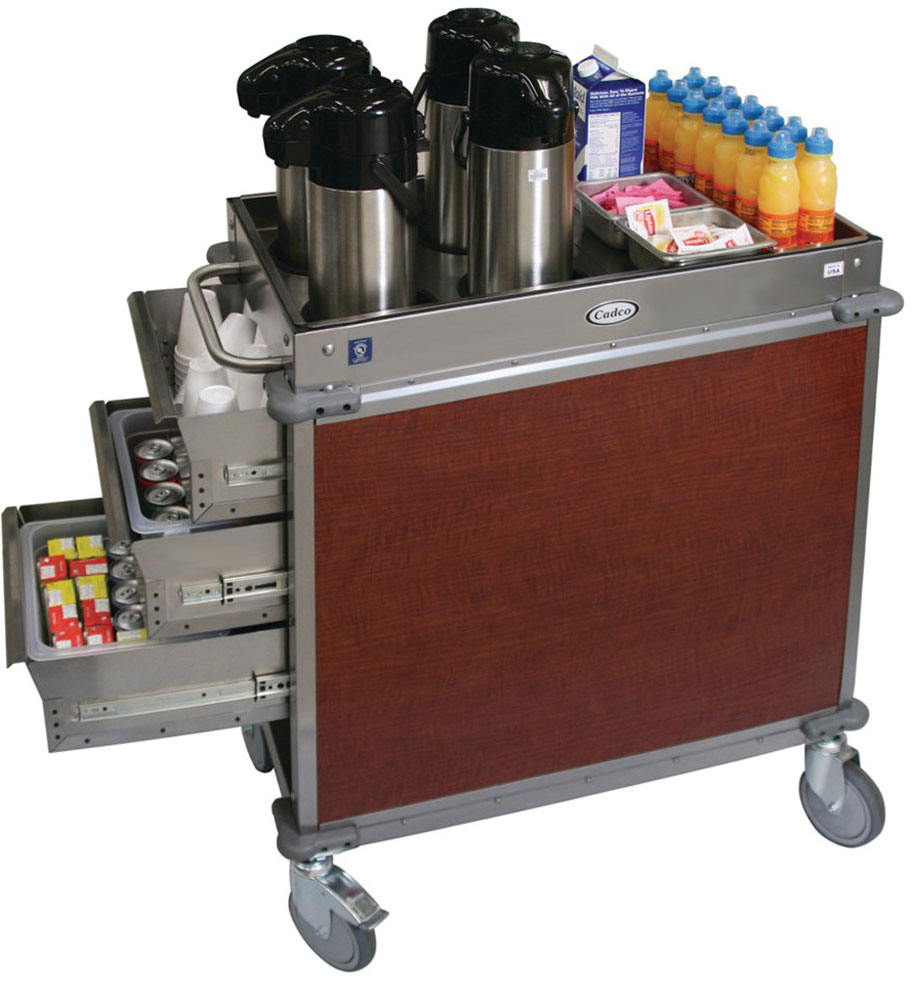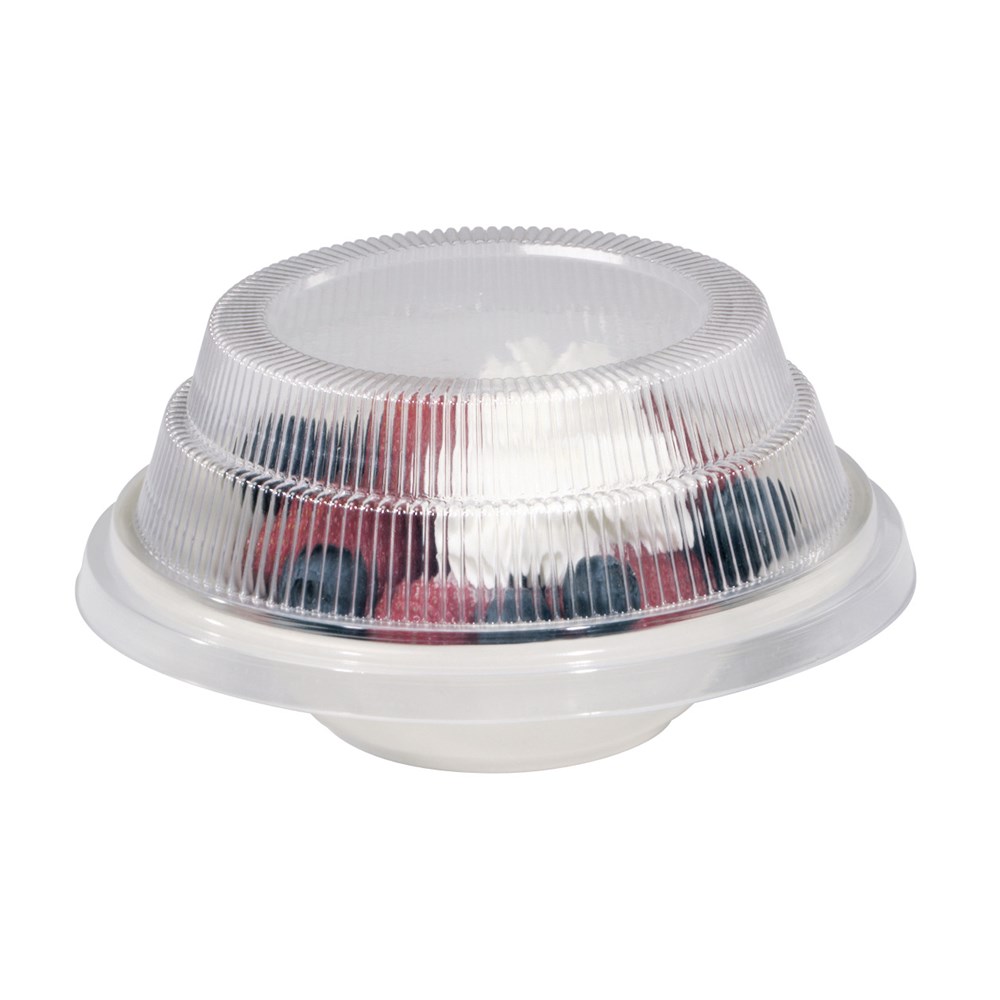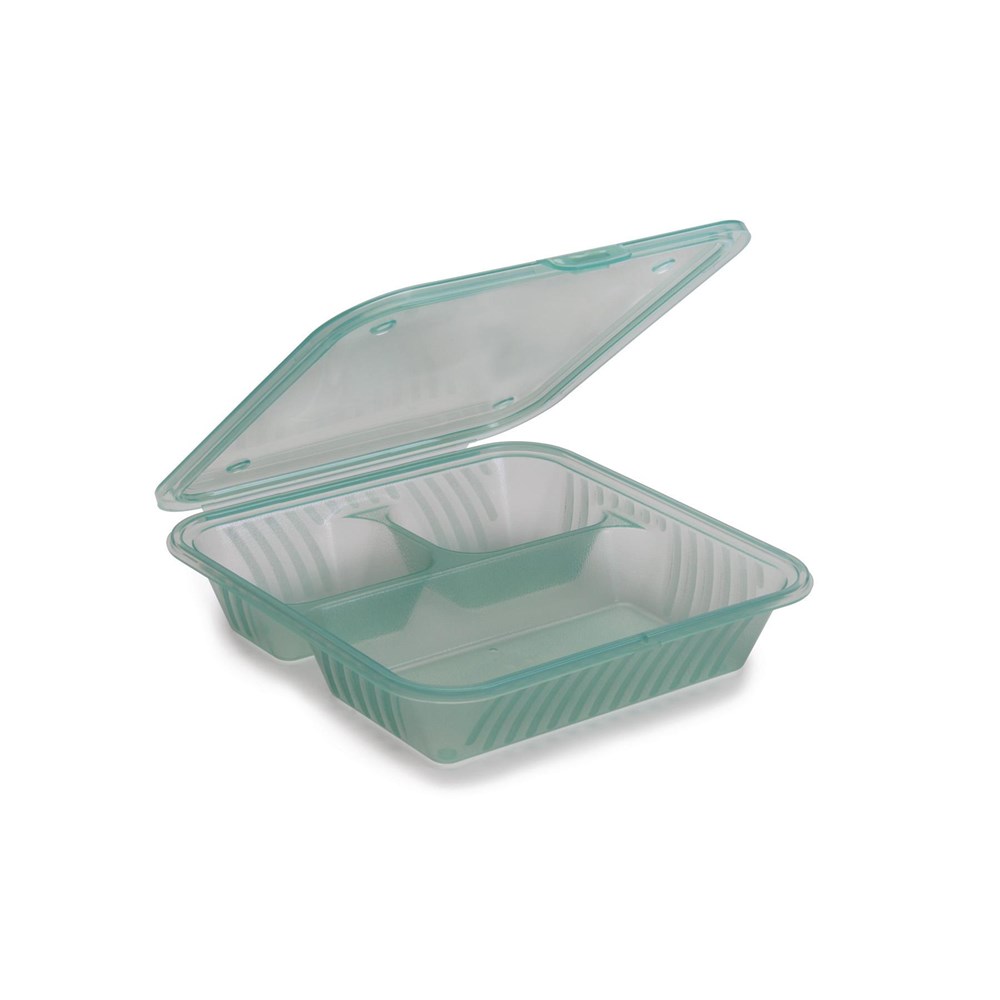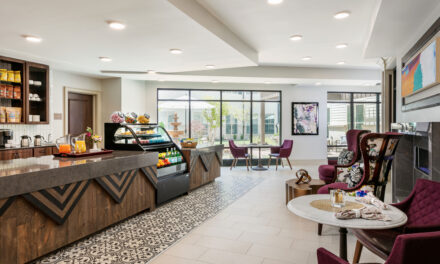
Tina Burns
Senior Foodservice Product Consultant, Direct Supply
Keeping Nursing Home Food Warm and Maintaining Food Safety
Tip: Consider Travel Distance and Time the Process
The first thing to consider is how far the food is traveling. The clock starts ticking the moment the first meal is plated and doesn’t stop until the last plate is delivered. Most people underestimate how long it takes for food to reach residents, failing to take into account that the caregiver delivering food may stop to talk with a co-worker or provide assistance to a resident.
To get a sense of your current delivery times, start timing when the first meal is plated and then put that same timer on the last tray that will be delivered. Let your staff know that over the course of a week, you will be timing the tray delivery process to help ensure your residents are getting hot food. Be sure to reassure them that the point of this exercise is to assess the process so you can properly gauge which system is needed for your unique situation.
Tip: Insulate Food and Ensure You Implement a System for Your Delivery Times
The first step in delivering hot food is to start with a hot plate. This is important because if you put hot food on a cold plate, food immediately starts to lose temperature. A wide variety of plate heaters are available to help with this step.
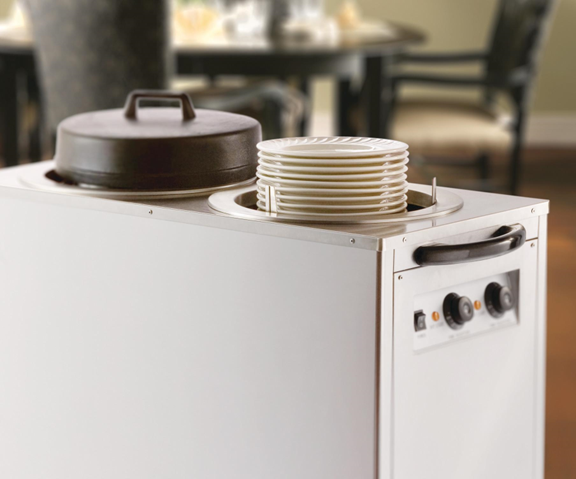
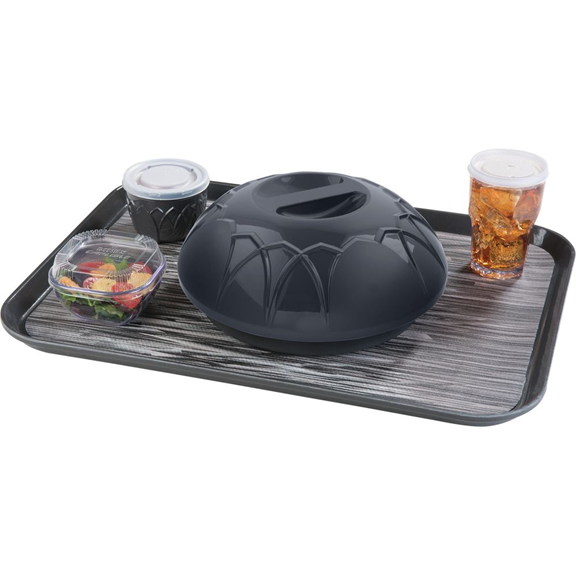
If longer than 30 minutes is required, many communities use a traditional wax pellet system, which has holding times anywhere from 60 to 90 minutes, depending on the product brand. These systems use a plate heater, a pellet heater, a base lifter, an underliner, and an insulated dome. there are also chilled pellets that can be used to keep cold food cold.
- There are two induction options that will hold food for up to 60 minutes
- One option can heat up to 20 bases at a time with the bases being ready in about 12 seconds after the inital heat time of 4.5-5 minutes
-
Another option heats the bases one at a time in 16-20 seconds
-
For those needing a longer hold time, there is an option that offers a holding time of up to 90 minutes; this unit has a charging cycle of 10-15 seconds depending on the base used
So, you have your hot food covered. Now how do you get it to the resident?
Selecting and Utilizing Meal Carts for Safe and Efficient Tray Delivery Service
Tip: Take into account your unique needs and select the meal cart that matches them
Stainless Steel Meal Carts
Stainless steel carts will not stain, absorb odors, or discolor, and the tray slides can be removed for easy cleaning. Stainless steel is the most sanitary material when cleaned and cared for properly, and vented sides help eliminate odor buildup and heat transfer among the food on the cart. However, these carts are susceptible to dents and scratches and can be heavy and difficult to move.
Aluminum Meal Carts
Aluminum carts are an economical alternative to stainless steel. Their lightweight design makes them easier to maneuver, and they share stainless steel’s resistance to stains, odors, and discoloring. In addition, the tray slides can be removed for easy cleaning. But like stainless steel, aluminum is susceptible to dents and scratches.
Poly Meal Carts
Poly carts are more lightweight than aluminum and stainless steel and will not rust, dent or crack. Thus, they move quietly through a community but do not offer the ability to remove the tray slides for cleaning.
There are also poly and steel combination carts that offer the best of both worlds: heavy-duty capabilities in a lightweight, easy-to-clean design. This style of cart may not fit the look a community is trying to achieve, however.
Insulated Meal Carts
I often get asked about insulated meal delivery carts. While carts used to transport bulk food are insulated, tray delivery carts are (with a few exceptions) generally not insulated. This is because trays typically contain both hot and cold food. If the cart is insulated, the cold food would be adversely affected. The majority of meal delivery carts are vented so that the hot air inside the cart can dissipate. What keeps the hot food hot is the atmosphere created with the hot plate, base, and dome. Earlier I mentioned exceptions to the rule concerning insulated tray carts. Examples include heated carts and heated and refrigerated carts.
Cold Food Carts
We talked a lot about the importance of keeping food hot, but what about those items that you want to keep cold while you’re building meal delivery trays? Air curtain refrigerators are designed so the door can stay open anywhere from 60 to 120 minutes (depending on the brand) so milk cartons, pudding, dessert cups, and salads are easily accessible while assembling room trays.
Incorporating Disposable and Reusable Takeout Containers
Tip: Save time and help reduce the risk of cross-contamination with the use of disposable containers
Disposable Containers
Single-use foodservice packaging provides a sanitary way to serve fresh food. It can also play a key part in promoting safety, reducing foodborne illness, and saving staff valuable time during the cleanup process. For those looking for sustainable options, there are containers made of sugarcane & bamboo available.
Reusable Containers
For an environmentally friendly option, G.E.T. Eco-Takeout solutions offer reusability and quality in a reliable to-go container.
Direct Supply carries thousands of foodservice products to complement your Senior Living dining meal delivery program. Shop online or contact your account manager at 800-634-7328 for more details or to order.
